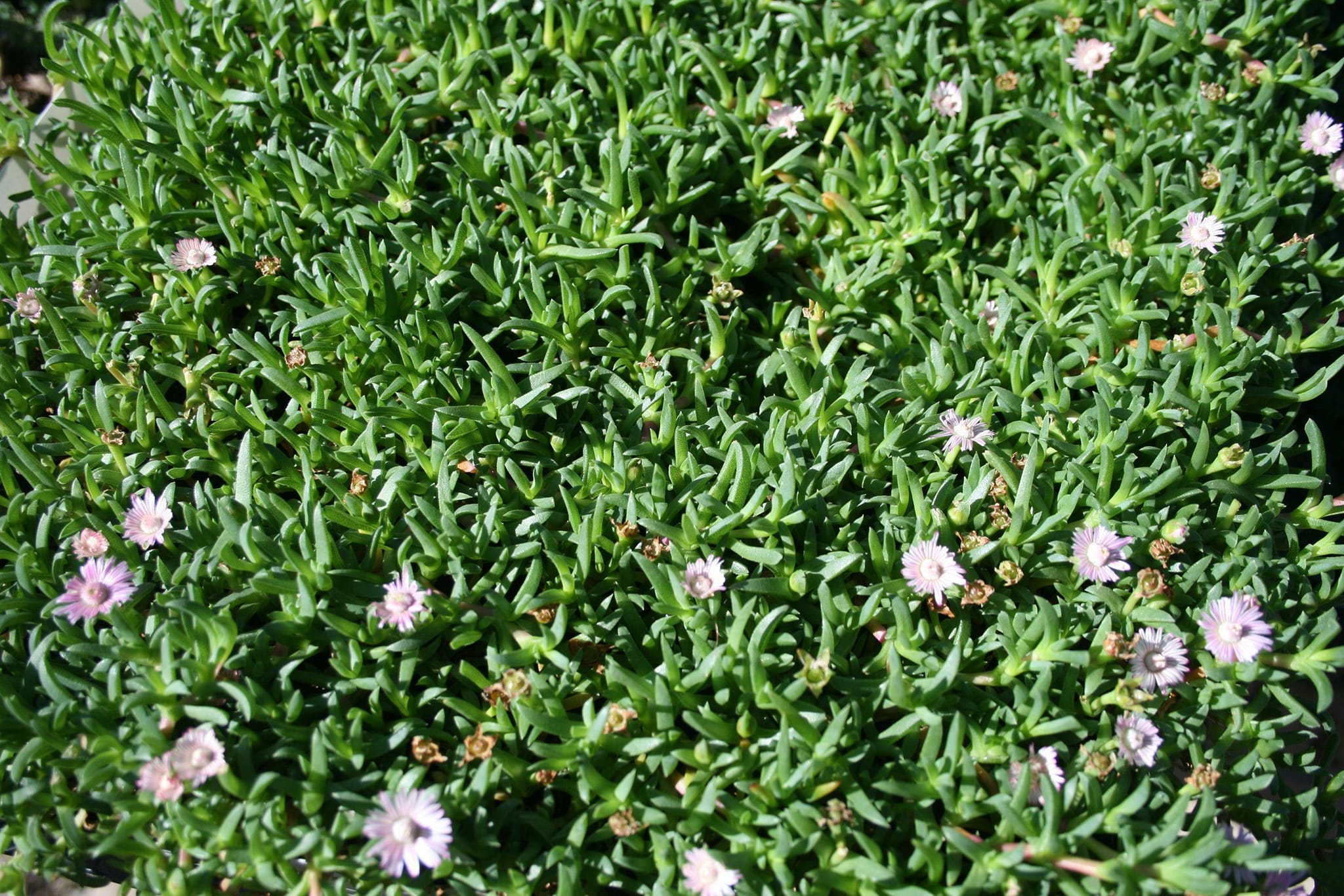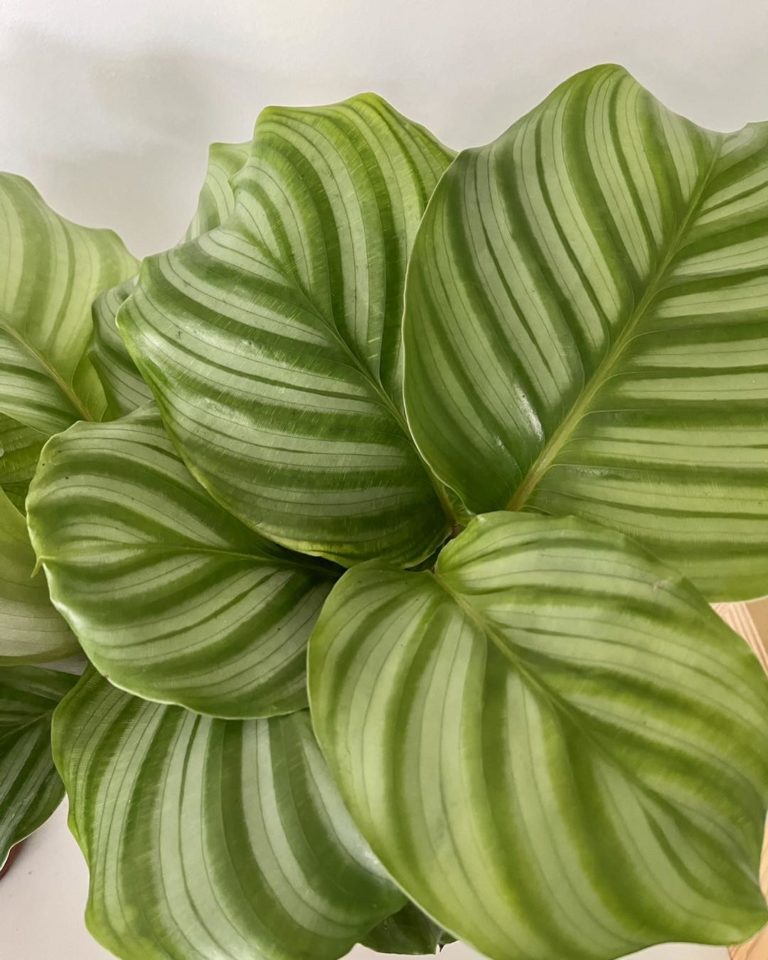Introduction
The Dwarf Carpet of Stars (Asteriscus maritimus ‘Compactum’) is a mesmerizing, low-lying groundcover that appeals to experienced horticulturists and beginners alike. Originating from the Canary Islands, Madeira, and Morocco, this delightful perennial is known for its thick, mat-like growth and starry golden-yellow blossoms. Perfect for rockeries, borders, and pots, the Dwarf Carpet of Stars is highly valued for its ability to endure harsh environments, making it a flexible and robust option for various garden settings. In this article, we will delve into the plant’s botanical classification, care requirements, propagation techniques, and pest management.
Botanical Classification
The enchanting Dwarf Carpet of Stars belongs to the Asteraceae family, which also encompasses well-known plants such as daisies, sunflowers, and asters. As a member of the Asteriscus genus, it is one of several species within this group, with Asteriscus maritimus, or the Sea Daisy, being the most prevalent. The ‘Compactum’ cultivar is a dwarf variety, with a height of merely 4-8 inches and a width of 12-18 inches. This perennial, evergreen subshrub is easily identified by its petite, fleshy, grayish-green leaves and striking golden-yellow flowers.
Care
- Soil and Site Selection: The Dwarf Carpet of Stars prospers in well-draining soil with a pH range of 6.0 to 8.0. Although it prefers full sun exposure, it can tolerate partial shade. Select a location with adequate air circulation to minimize the risk of disease.
- Watering: As a drought-resistant plant, it requires minimal watering once established. Water thoroughly, allowing the soil to dry out between watering sessions. Overwatering may lead to root rot and other problems.
- Fertilization: In the spring, apply a balanced slow-release fertilizer to encourage robust growth. Refrain from over-fertilizing, as it can cause leggy growth and reduced blooming.
- Pruning: To maintain an orderly appearance and stimulate bushy growth, prune the Dwarf Carpet of Stars in late winter or early spring. Remove any dead or damaged leaves and trim back roughly one-third of the plant’s overall size.
Propagation
- Seeds: In early spring, sow seeds directly in the garden or in pots for transplanting later. Lightly cover with soil and keep the moisture consistent until germination, which usually takes 2-3 weeks. Thin seedlings to a distance of 10-12 inches apart.
- Cuttings: Obtain 3-4 inch stem cuttings in late spring or early summer. Remove the lower leaves and dip the cut end in rooting hormone. Plant the cuttings in a well-draining soil mixture, and maintain a moist but not soggy environment. Rooting should occur within 4-6 weeks.
- Division: In spring or autumn, divide mature plants. Carefully lift the clump from the ground and use a sharp knife to separate it into smaller portions, ensuring that each division has a healthy root system. Replant the divisions in the desired location, maintaining the same planting depth.
Pests
While the Dwarf Carpet of Stars is generally robust and resistant to most pests and diseases, it is essential for gardeners to stay alert to potential issues. In this section, we will explore common pests that may affect this plant and offer recommendations for managing them effectively.
- Aphids: These tiny, soft-bodied insects often feed on the fresh growth of plants, causing leaves to curl, change color, or stunt the plant’s growth. To combat aphids, spray the affected regions with insecticidal soap or neem oil. Additionally, introducing helpful insects like ladybugs and lacewings to the garden can serve as a natural means of controlling aphid populations.
- Snails and Slugs: These mollusks can inflict considerable damage to plant foliage, creating irregular holes in leaves and leaving a slimy trail in their wake. Several methods can be employed to manage snails and slugs. Copper tape or barriers can be installed around the plants, as the copper reacts with the pests’ slime and deters them. Alternatively, diatomaceous earth can be scattered around the plants, as its rough texture damages the pests’ bodies, causing them to dehydrate and perish. Beer traps are another option; the scent of beer lures slugs and snails, causing them to fall into the trap and drown.
- Spider Mites: These minuscule, spider-like creatures can cause leaves to become discolored, speckled, or develop fine webbing. Spider mite infestations can be addressed by spraying the plant with a mixture of water and a few drops of gentle dish soap. Neem oil can also serve as a treatment, and releasing predatory mites can help regulate spider mite populations.
- Root Rot: Although not technically a pest, root rot is a frequent problem with overwatered Dwarf Carpet of Stars plants. This fungal disease leads to root decay and eventually the death of the plant. Prevention is vital, as treatment is challenging once the disease takes hold. Ensure proper drainage and avoid overwatering to prevent root rot.
Conclusion
The Dwarf Carpet of Stars (Asteriscus maritimus ‘Compactum’) is a captivating and resilient groundcover that brings charm to any garden environment. Its low-lying, mat-forming habit and striking golden-yellow flowers make it a perfect choice for rockeries, borders, and pots. With appropriate care, including proper watering, fertilization, and pruning, this enchanting plant will flourish and reward gardeners with a stunning display.
Addressing pests is essential for maintaining the health and vitality of your Dwarf Carpet of Stars. By keeping an eye on your plants and taking action against aphids, snails, slugs, and spider mites, you can ensure that your garden remains a sanctuary for these delightful plants. In summary, the Dwarf Carpet of Stars is a versatile and hardy groundcover that can genuinely enhance your garden’s beauty. With the correct care and attention, you can enjoy its captivating presence for many years to come




